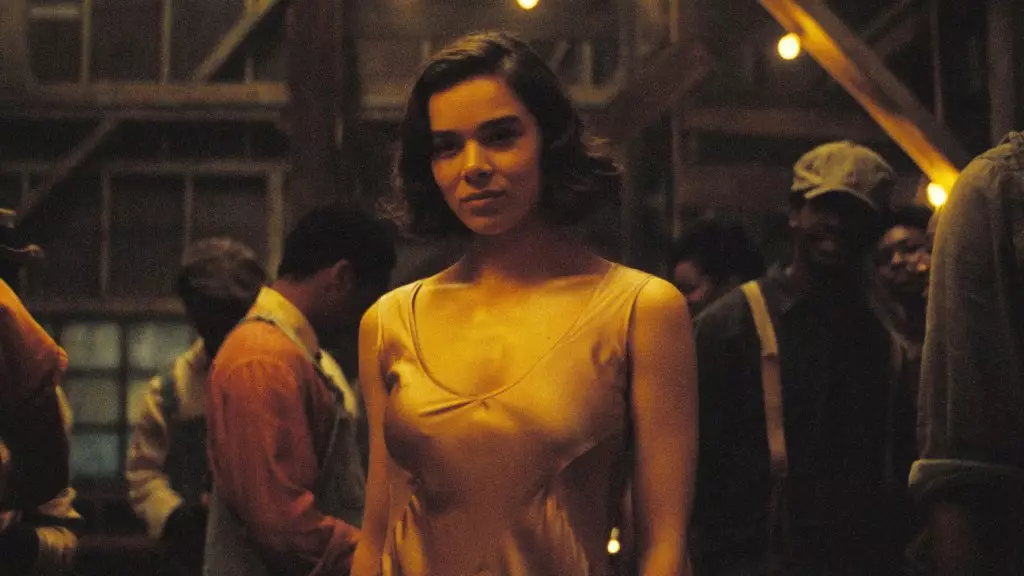Hailee Steinfeld’s recent portrayal of a multi-racial vampire named Mary in Ryan Coogler’s film “Sinners” serves as a formidable exploration of identity, heritage, and personal connection. With the backdrop of a supernatural narrative set in 1930s Mississippi, Steinfeld brings her own complex ethnic background into play, becoming a conduit for discussing themes of race, history, and representation in modern cinema.
Steinfeld, who identifies as part-Black and part-Filipino, found resonance within the character that transcended mere performance. By sharing her personal reflections, she emphasized how the film initiated a much-needed dialogue around the questions of identity and belonging. “This film raised all the questions for me,” she stated, highlighting her longing to connect with her family history. Such a sentiment underscores how art can often serve not just as entertainment but as a means for introspection and understanding one’s roots.
Meaning Beyond the Supernatural
Although the premise of “Sinners” involves vampires and supernatural entities, the real horrors lurk in the shadows of history and personal experiences. The characters Steinfeld and Michael B. Jordan portray are not just fighting battling evil in a fictional sense; they are also navigating the societal landscapes of their time, which had its own demons – systemic oppression, racial turmoil, and cultural erasure. Coogler, who crafted the narrative from a deeply personal place, mirrored these themes with reflections on his family history following the death of an influential relative. His Uncle James serves as an emotional touchstone, evoking feelings tied to nostalgia and legacy that resonate strongly with the audience.
By anchoring his storytelling with music and familial connections, Coogler has tapped into a universal experience: the desire to remember and honor those before us. The blues music that is central to this narrative is not merely a soundtrack but an emotional vessel that carries the weight of memory and loss. It’s a testament to how art, in all its forms, has the power to resurrect buried emotions and experiences.
The Role of Representation in Film
Steinfeld’s multi-racial identity is not just a footnote; it forms the crux of why her character is impactful. As Hollywood increasingly opens its doors to more diverse narratives, actors like Steinfeld are positioned not merely as performers but as key players in pushing the boundaries of representation. Reflecting on her familial ties and the struggles faced by her ancestors, she elevates her role beyond the screen into the realm of societal commentary.
This representation encourages audiences to engage with their own identities and histories. Cinema, after all, becomes a reflective surface where viewers can confront their own narratives. By intertwining personal histories with broader societal issues, both Steinfeld and Coogler contribute to a rich tapestry that invites viewers to explore their cultural stories in parallel.
Through this lens, “Sinners” emerges as a crucial piece of cinema that honors the genre while demanding a conversation about the identities we carry with us and the histories that inform our existence. As viewers, we are not just watching; we are compelled to engage actively with the shared human experience.

